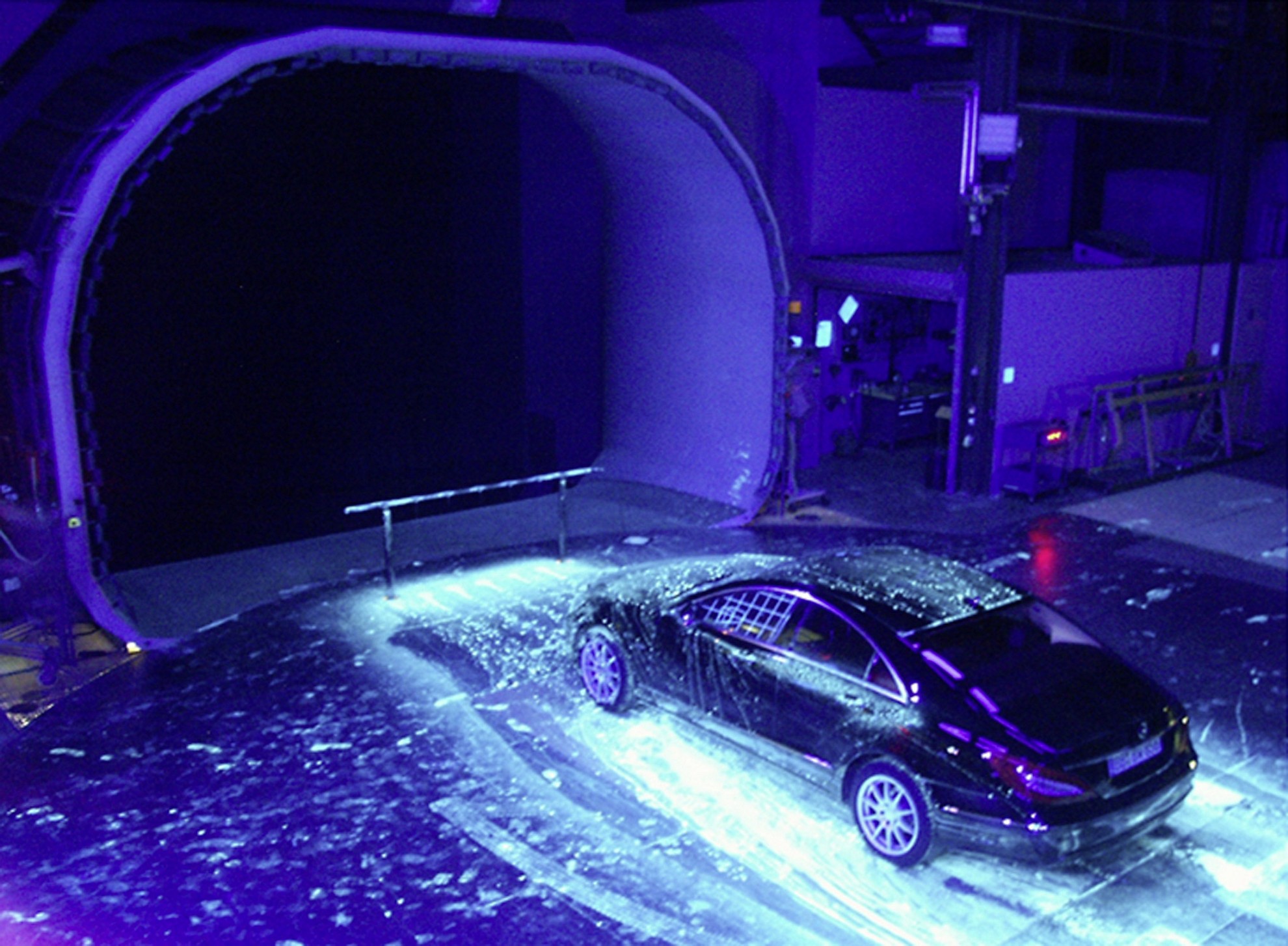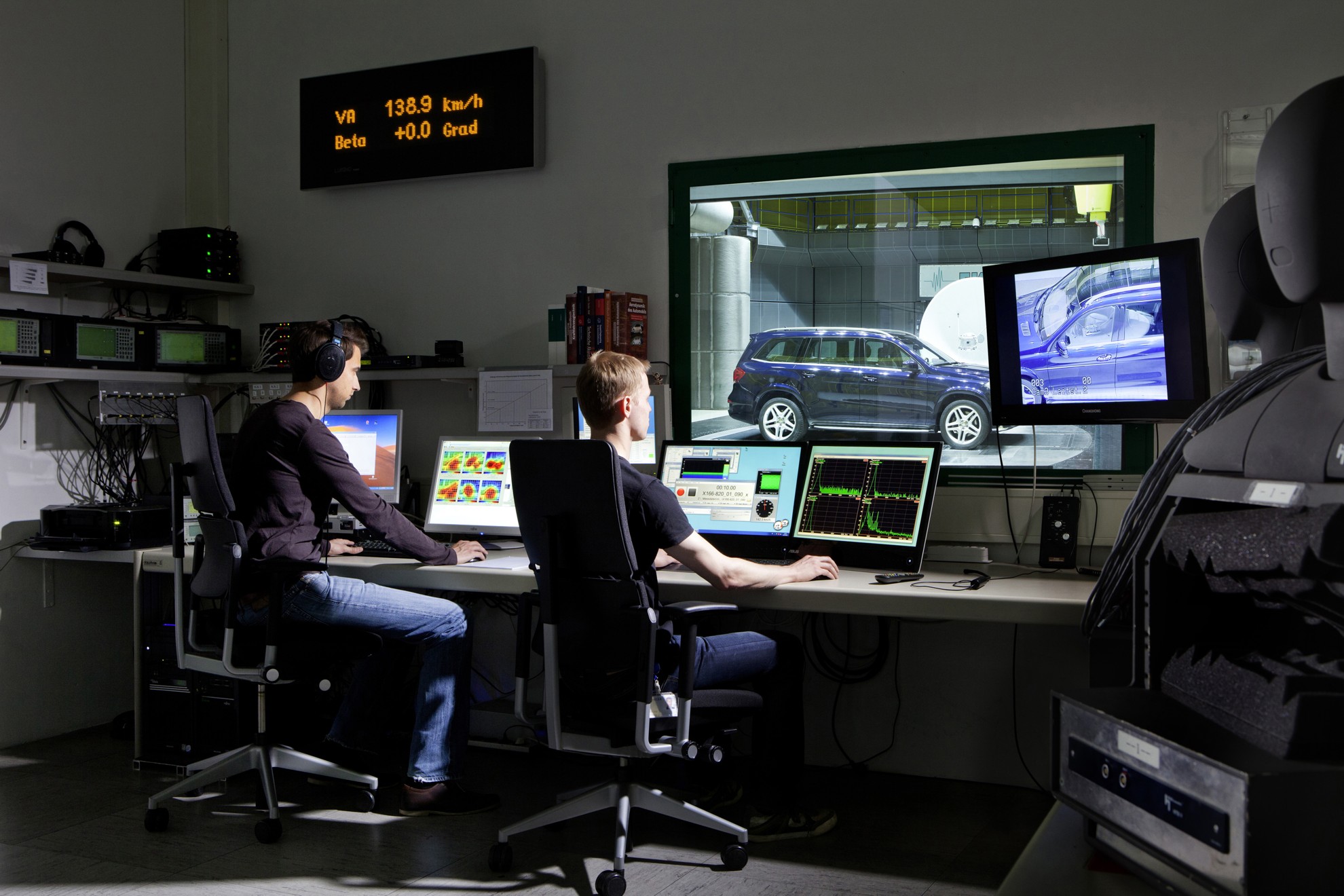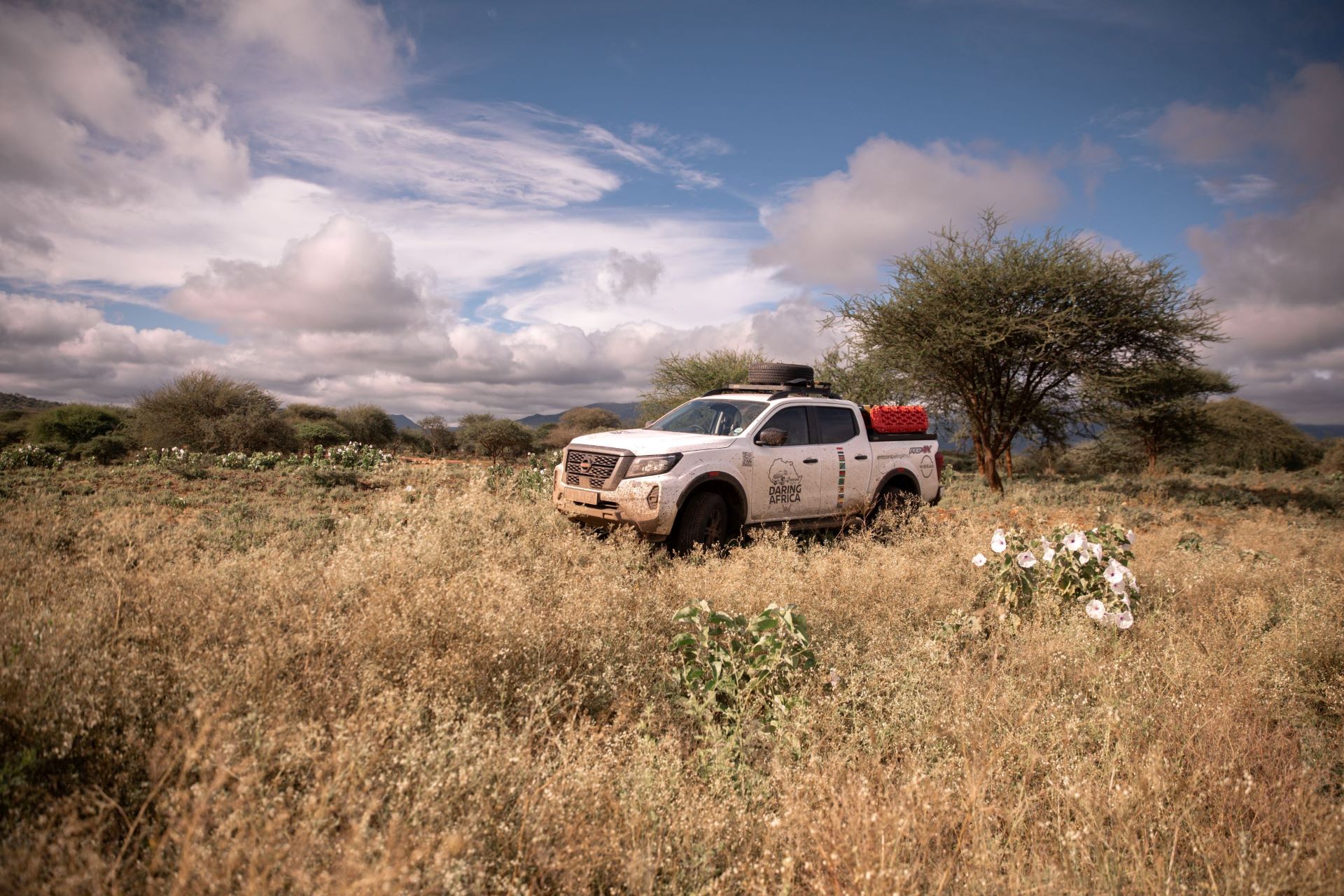Interview: Dr. Teddy Woll, head of aerodynamics

“We fight for every third decimal place”
Dr. Teddy Woll, 50, has headed the Aerodynamics/Wind Tunnels department at Daimler AG since April 1999. We spoke to this doctor of industrial engineering about efficiency improvements and airflow simulation.
Dr. Woll, for years Mercedes-Benz has been establishing new aerodynamic records with practically every new model series. Does further progress become increasingly difficult as Cd figures get smaller?
You are absolutely right. It is quite true that we are gradually approaching an asymptotic limit if we do not dramatically change the appearance of our cars, e.g. by making them much longer and smoother, and equipping them with slim rear ends and narrow wheels. Fortunately, however, we can still find details where improvements are possible – both in the wind tunnel and increasingly often by computer. Moreover, aerodynamic optimisation of our vehicles is one of the core strategies in the “Real Life Efficiency” philosophy of Mercedes-Benz. The importance attached to our work within the conflicting aims in car development is therefore correspondingly high throughout the company, and our proposals are correspondingly often incorporated into our vehicles. Nonetheless, we fight for every third decimal place in our daily work.
You have just mentioned a key term, ‘Real Life Efficiency’. How do Mercedes drivers benefit from this battle for the third decimal place?
It’s a very simple matter: if we are able to reduce the Cd figure by ten thousandths, fuel consumption across the customer average falls by one
tenth of a litre, and at very fast motorway speeds by up to 0.4 litres per 100 kilometres. To achieve the same saving with lightweight construction methods, we would have to reduce the weight of our cars by at least 35 kilograms.
In what areas of the car have you achieved the greatest progress in recent years?
There are three areas: the airflow through the engine compartment, the airflow around and within the front wheels and the underbody. In the front wheel arches of the new compact models alone, for example, we have been able to improve by eleven thousandths thanks to the combined effect of serrated wheel spoilers, slits in the wheel arches and optimised aero-wheels. But we take a close look at every nook and cranny of the vehicle: from the front apron with all its edges and apertures to the small spoiler lips in the lenses of the tail lights, to perfect the breakaway of the airflow at the rear.
What technological developments help you with your aerodynamic improvements?
In recent years we have made great progress thanks to the digitisation of the development process, as calculations are very much faster and much more refined. Digital vehicle models nowadays have over 50 million cells, and if necessary they can already produce results overnight. Ten years ago, the same simulation would have taken 6 months and would not have been half as precise.
In the mid-term, will numerical airflow simulation replace the classic wind tunnel with its smoke trail?
No, computers and wind tunnels are outstanding tools that complement each other perfectly: using numerical flow calculations we are able to examine very complex airflow phenomena and follow even the smallest turbulence (e.g. in the wheel arch as mentioned above) back to its source, and try to eliminate it. In the wind tunnel we are then able to try out a large number of variations which are measured down to half a thousandth. Which means that one day in the wind tunnel can often lead to major improvements both outside and inside the vehicle.
What exactly is a numerical airflow simulation?
This has meanwhile become almost as precise as a wind tunnel. Where wind resistance is concerned, we have less than one percent error compared to the results from the wind tunnel, though the error is marginally greater for aerodynamic lift depending on vehicle type. We hope to improve our precision even further by the improved modelling of turbulence.
How far advanced is simulation for aeroacoustics?
Wind noises are a highly complex phenomenon: apart from the airflow, the noise source and noise transmission must be adequately represented, and this is a major challenge in view of the different levels and wavelengths of turbulence and sound. This is compounded by noise transmission to the driver’s ears via a wide variety of materials such as sheet metal, glass, rubber and plastics, which makes it extremely difficult to model the entire frequency range. I expect that it will be years before we are able to simulate wind noises reasonably well by computer. We hope that the new aeroacoustic wind tunnel with its new high-tech equipment will enable us to understand such complex inter-relationships even better.
An aerodynamics engineer must nowadays have a perfect grasp of computer tools. Are there other core qualifications?
Yes. Naturally experience still plays an important role. In addition, “soft skills” such as a talent for communication and cooperation are very important indeed. Because when it comes to conflicting aims, e.g. with the designers or other functional areas, the best solution is reached by working together, not against each other.



